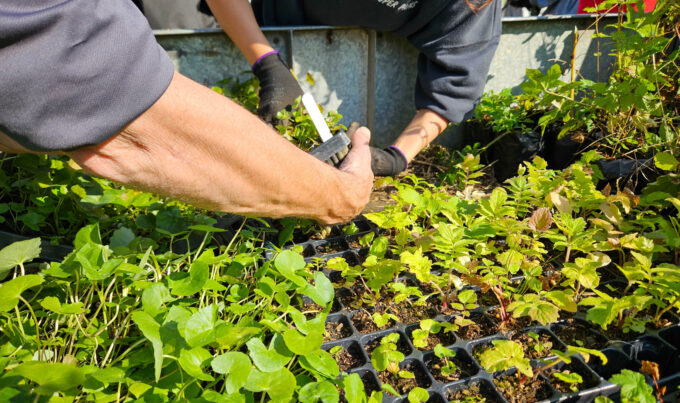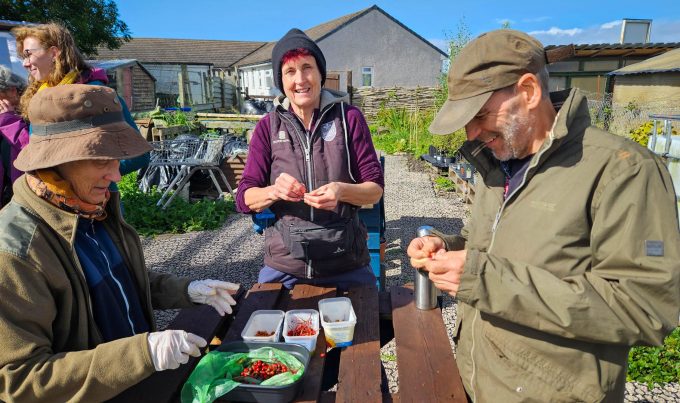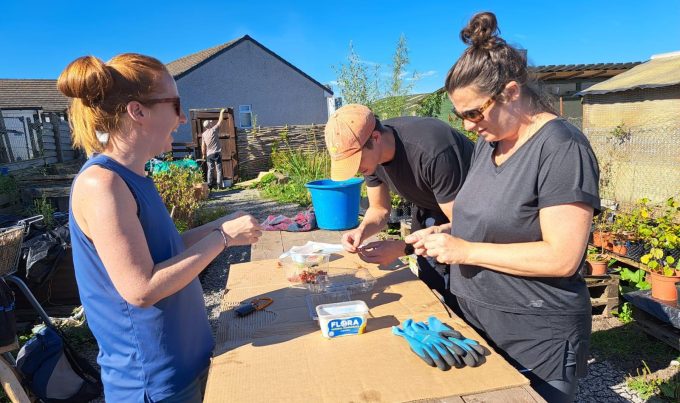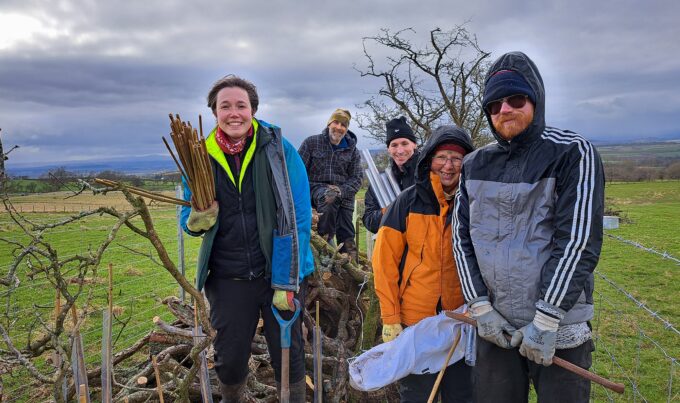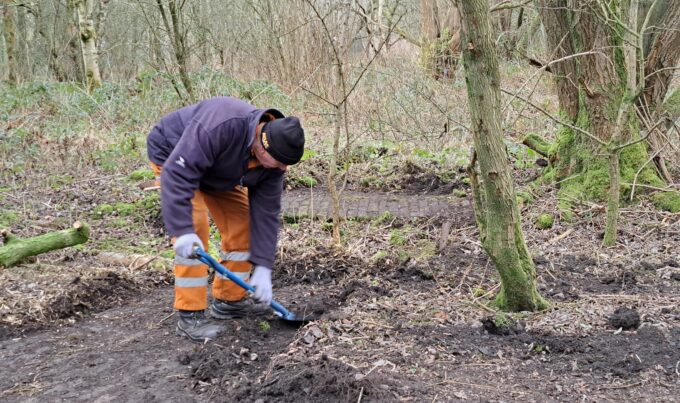
19th
November
Lend a Hand Day
Your help is needed! Lend a hand clearing vegetation to help nature and reveal Engine Lonning’s railway history.
Take a look at this event
